COMEDY = [TRAGEDY + TIME + (WINE – ANGER)] ÷ ABSURDITY
COMEDY = [TRAGEDY + TIME + (WINE – ANGER)] ÷ ABSURDITY
 Comedy equals tragedy plus time. It’s a phrase that’s been attributed to Mark Twain, Lenny Bruce, Mike Birbiglia, and Steve Allen – but it doesn’t really matter who legitimately said it. It was someone who is or was funny, someone who’s funnier than me. We’ll leave it at that. For me, comedy equals tragedy plus time, plus wine, minus anger, divided by absurdity.
Comedy equals tragedy plus time. It’s a phrase that’s been attributed to Mark Twain, Lenny Bruce, Mike Birbiglia, and Steve Allen – but it doesn’t really matter who legitimately said it. It was someone who is or was funny, someone who’s funnier than me. We’ll leave it at that. For me, comedy equals tragedy plus time, plus wine, minus anger, divided by absurdity.
Everyone’s experienced tragedy – even my young children. (It was when they were three and one of them was opening a banana and it broke in half and we were all out of banana glue.) Tragedy alone doesn’t define our human experience, though. It’s only when we can look back and find the humor in the tragedies of our lives that we really humanize ourselves in the eyes of others.
It’s why writing humor is such an effective tool in connecting with readers. Humor creates a level of connection with them that tragedy can’t. When I meet other people who have parents with bipolar disorder, I don’t book a pity party of two; I ask them to trade stories about the craziest things their parents did when they were in the middle of a manic episode, like the time my mom decided she was going to repaint my sister’s cabinets in her rental house in the middle of the night. It sure as hell was not funny at the time, because my siblings and I were all fighting an uphill battle to get her treatment in the middle of a global pandemic, but it’s hilarious to think about now. It also helps that it didn’t happen to me; I’ll have to ask my sister if she’s laughing about it yet.
I find most of my humorous material in everyday situations, which ends up being the most relatable for my readers (although I will never fail to laugh at a clever pun no matter how bad it is). I am constantly writing down these funny everyday situations before my brain has a chance to pull a Men In Black on me and I forget it forever. I even keep a dry erase marker on hand in the car for when my phone launches itself into the dead zone below the glove compartment and I can’t reach it when I see an NRA bumper sticker on a Smart car in traffic, or a license plate that just says OMW, and it makes me laugh.
Of course, when it comes to writing humor, timing is everything. I don’t just sit down and write nonstop jokes for a whole chapter. Just like in real life, humor is most effective in writing when it’s used at the time it’s needed most – to add levity to a painful scene, to smooth over tension, or to keep your protagonist from revealing their true thoughts and feelings too early (of course, I never use humor to deflect sincere moments of sober introspection according to my spouse and my therapist).
The recorded cache of humorous moments is the perfect thing for me to draw upon when I start to feel writing fatigue creep up on me. I use the phrase writing fatigue because I don’t struggle with writer’s block; I just often struggle with finding the motivation and energy to sit down and give my writing my undivided attention after having my attention divided by a bjillion all day every day.
Unlike the ten years I spent writing software manuals, writing humor is instinctive, and the most important thing I’ve had to learn over time is to trust my gut. If my guts tells me something is funny, I put it in. If it tells me a joke is forced or poorly timed, I leave it out. Sometimes I test the jokes out on my family and friends, but never my children, because they can’t even see the humor in the theoretical existence of banana glue.
KELLY I. HITCHCOCK is a literary fiction author and poet who lives in Austin, Texas. She has published several poems, short stories, and creative non-fiction works in literary journals and is the author of the coming-of-age novel The Redheaded Stepchild, a semi-finalist in the literary category for The Kindle Book Review’s “Best Indie Books of 2011,” and Portrait of Woman in Ink: A Tattoo Storybook. Her work has appeared in Clackamas Literary Review and Foliate Oak Literary Journal, in anthologies by Line Zero and Alien Buddha Press, and more. Kelly holds a BA in creative writing from Missouri State University. She has six-year-old identical twins and a full-time job, so writing and picking up LEGO are the only other things she can devote herself to. Find her online at the following:
Website: Kellyhitchcock.com
Facebook: facebook.com/KellyIHitchcock
Twitter: Kelly I. Hitchcock (@KellyHitchcock) / Twitter
Instagram: Kelly I. Hitchcock (@kelhitchcock) • Instagram photos and videos
Community Klepto
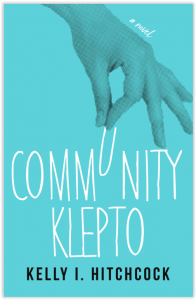 Ann Josephson is a twenty-five-year-old sociopath whose compulsive kleptomania manifests itself in the most unlikely of places: the community center where she works out every day. The walls of the community center insulate her from the terrors of the outside world, which include her freelance work as a graphic artist; her socialite parents, who pay the better part of her living expenses; her therapist, who devotedly punches the clock; and the dark void of romantic relationships.
Ann Josephson is a twenty-five-year-old sociopath whose compulsive kleptomania manifests itself in the most unlikely of places: the community center where she works out every day. The walls of the community center insulate her from the terrors of the outside world, which include her freelance work as a graphic artist; her socialite parents, who pay the better part of her living expenses; her therapist, who devotedly punches the clock; and the dark void of romantic relationships.
As Ann battles the inner demons that plague her millennial psyche, she must also battle the fiends that plague her at the gym: the loudly grunting beefcake who can’t be bothered to drop his weights at a reasonable volume, the naked old lady in the locker room using a towel as butt floss, the housewife in yoga pants that obviate the need for yoga wheeling her double stroller up and down the indoor track. Set in suburban Kansas City in the early 2010s, Community Klepto—a droll combination of Bridget Jones’ Diary and Choke—makes incarnate the characters and shenanigans that go on in every gym in the world.
Category: Contemporary Women Writers, How To and Tips




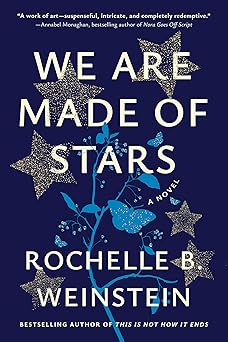
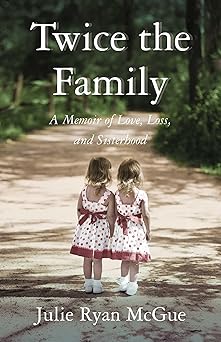
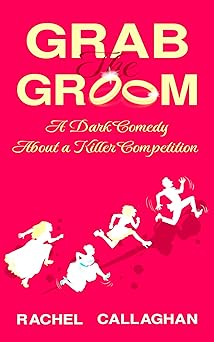
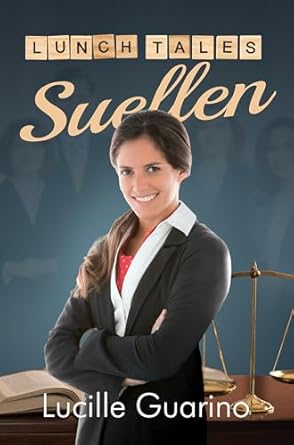
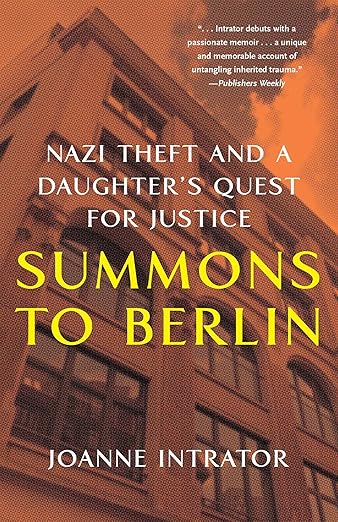
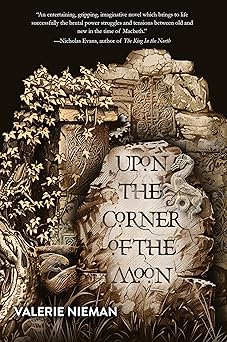
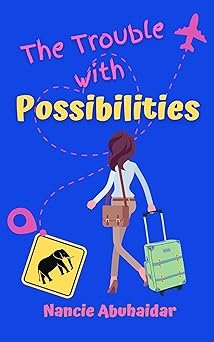

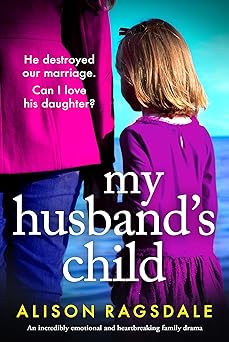
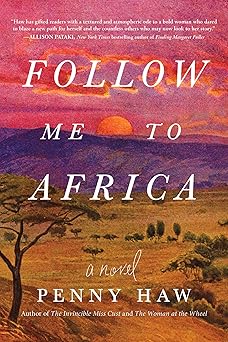
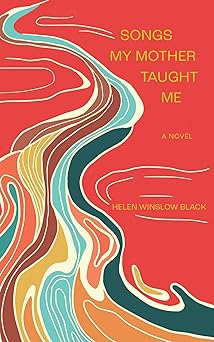
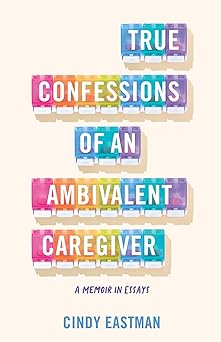
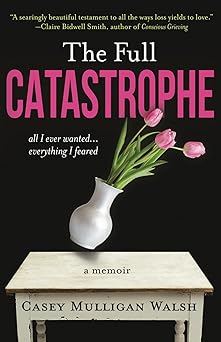
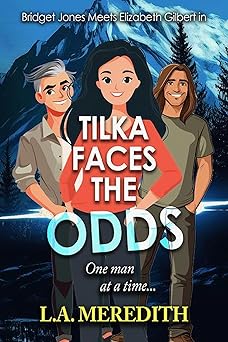

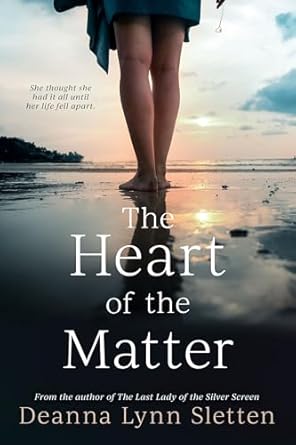
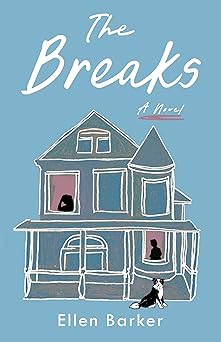
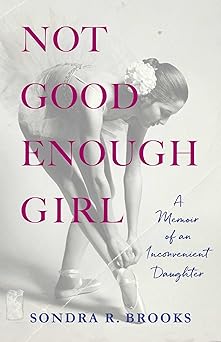
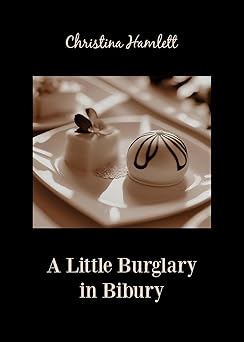
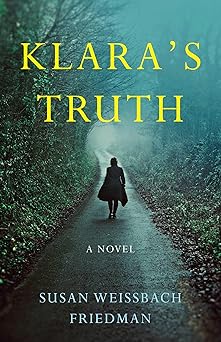
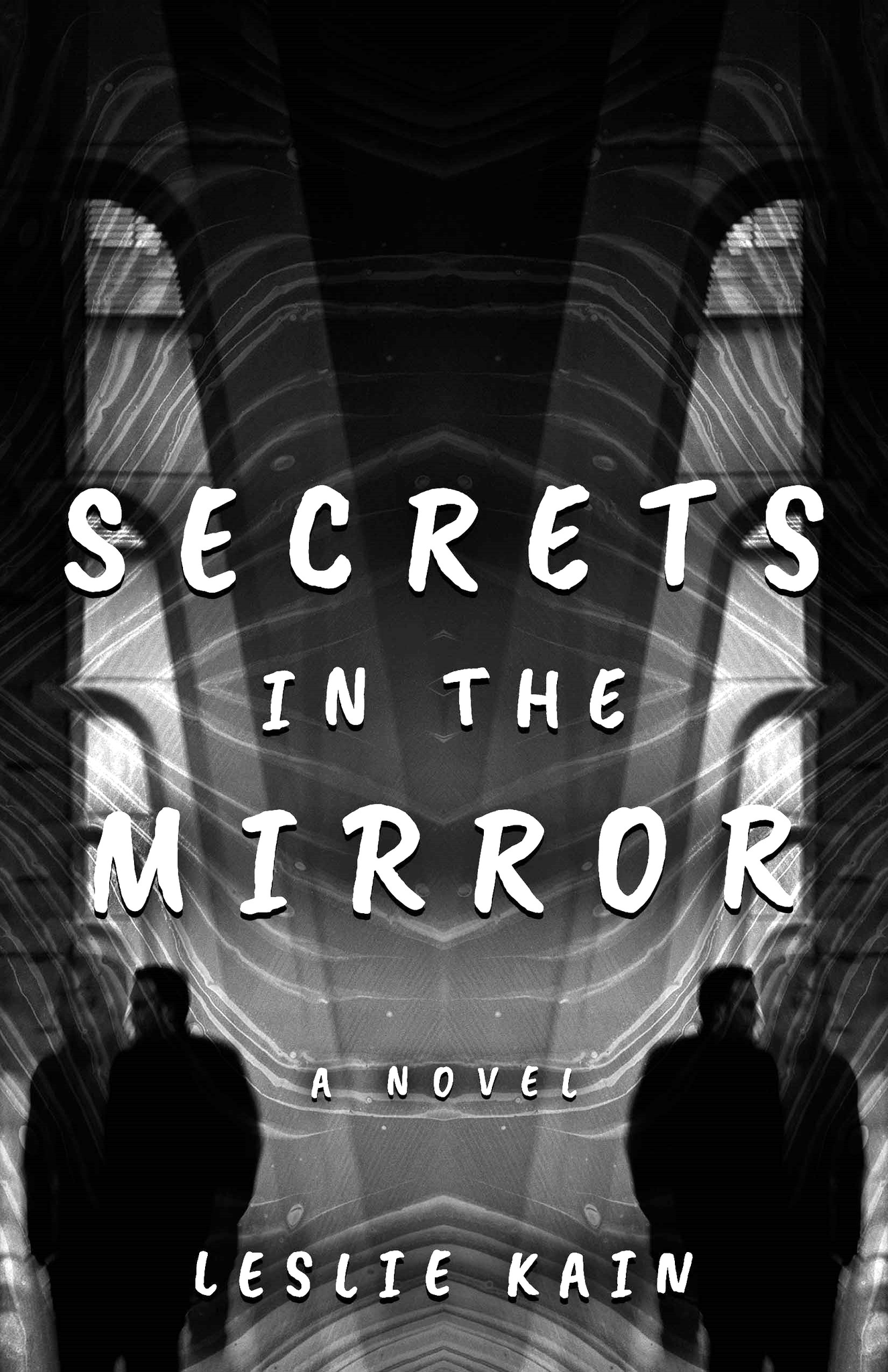
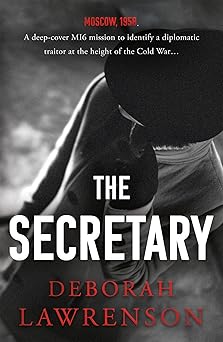
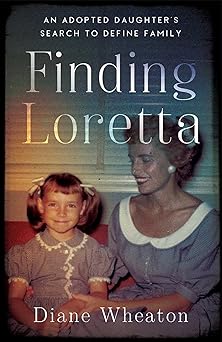
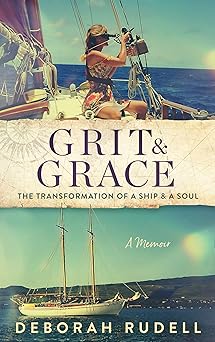
Thank you so much for featuring me! This was fun to write.